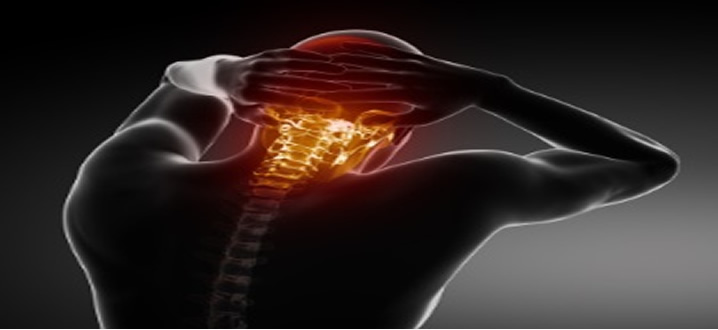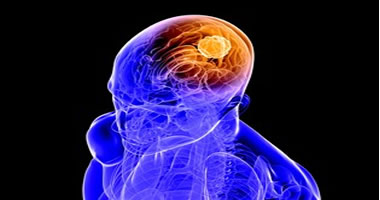What Does a Chiropractor do?
| Chiropractic: Why Choose Conservative Care First? Published on May 08, 2014 Starting with a conservative approach to health care such as chiropractic services before moving on to riskier treatments makes sense. More than 27 million Americans visit a doctor of chiropractic each year for safe, effective and lasting relief from back pain, neck pain and headaches, as well as advice on healthy living and injury prevention. |
The most commonly used treatment modality by a chiropractor is spinal manipulation. Spinal manipulation is thought to act on a "manipulable lesion" (or a functional spinal unit that has altered movement, typically hypomobile).
This lesion is thought to respond to specific forces and movements in such a way that the internal mechanical stresses that generate symptoms are reduced when appropriate forces are delivered to the joint.1
The chiropractor then physically examines the patient utilizing standard orthopedic and neurologic examinations. The National Board of Chiropractic Examiner's survey reports that the vast majority of chiropractors felt that this was "extremely important" and that a failure to perform this was a significant risk to the patient.2 This examination routinely involves some sort of assessment of the maneuvers to determine what area of the musculoskeletal system is painful and what forces seem to make the patient feel better or worse (directional preference).
The doctor will also perform a neurologic assessment including reflexes, myotomes and dermatomes to assess the neurologic status of the patient. The doctor will then assess if this patient is someone who will benefit from the services that he or she has to offer. In most cases, the patient will then undergo a "therapeutic trial" of care which may include home exercises to perform and instructions to remain or become physically active. After a reasonable trial of care (guidelines suggest 4-6 weeks, during which time the patient is undergoing constant reassessment) the doctor will determine if there is a need for a change in the care or if there is a need for further testing or referral to another specialty.3
| *Produced and published by Dr. Jeanne Marie Burke and Dr. Paul Dougherty of New York Chiropractic College's research department and reprinted with permission. |
 |
| Learn more about the research being conducted by Dr. Dougherty at the Veterans Affairs Medical Center in Canandaigua, NY : |
| VA Research Update: Back Pain Treatments |
| Learn about the safety of chiropractic treatment <-- HERE |
| Learn about the safety of neck manipulation <-- HERE |
| (1) Triano JJ: Biomechanics of spinal manipulative therapy. Spine J. 2001 Mar-Apr; 1( 2): 121-30. |
| (2) National Board of Chiropractic Examiner's : Job analysis of chiropractic 2005. |
| (3) Guidelines for Chiropractic Quality Assurance and Practice Parameters, Second Edition (Paperback) by Scott Haldeman(Editor), David Chapman-Smith (Editor), Donald M. Petersen (Editor) |


















